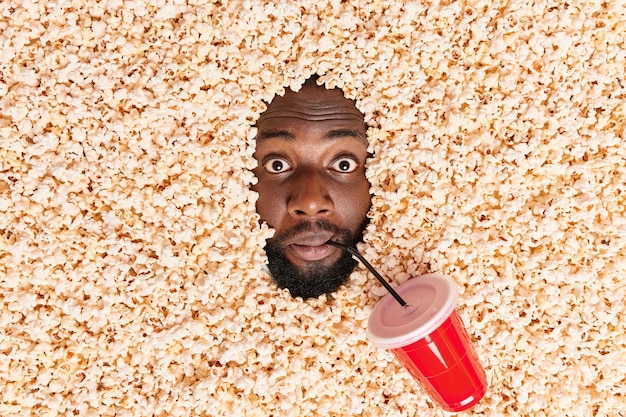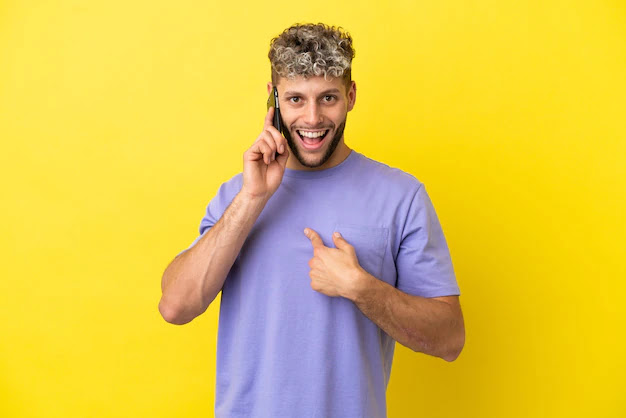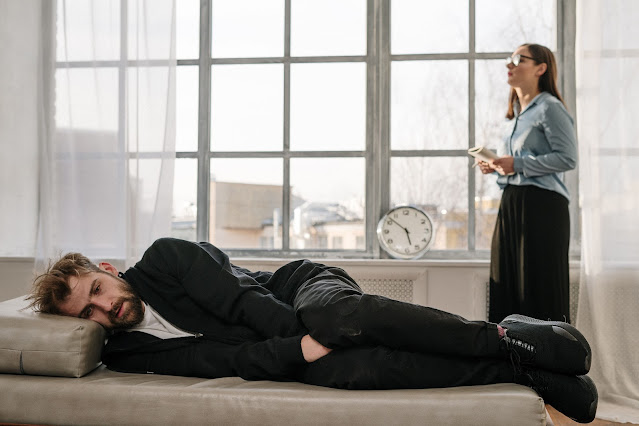How to Win in Sports Psychologically
Introduction
Sport is generally considered a primarily physical endeavor, involving the marshaling of bodily resources to complete a variety of specialized, demanding physical tasks. Undeniably, physical attributes such as speed, strength, stamina, fitness, coordination, agility, flexibility, and resilience are richly rewarded in competitive sport. Recognizing the abundant physical component of sport performance, scientists have investigated biomechanical, physiological, nutritional, metabolic, epidemiological, biomechanical, pharmacological, and medical aspects of sport. Applied practitioners in exercise physiology, physiotherapy, sport biomechanics, sports medicine, sports nutrition, strength and conditioning, and other disciplines have translated research findings into interventions designed to enhance the physical performance capabilities of the athletes.
Despite the pronounced emphasis on physical matters in the sport sciences, it is widely accepted that sport performance is influenced not only by physical attributes, but also by physiological factors. Some athletes seem to have a mental edge over other athletes with comparable physical characteristics and training backgrounds. Some athletes performs better under pressure, implement strategies more effectively, tolerate discomfort better, concentrate more intensely, identify more creative solutions to challenging sport situation, push themselves harder, learn new skills more quickly, or prepare themselves for competition better than their physically similar peers. Issue associated with the mental advantage gained by these athletes fall squarely within the domain of sport psychology. If psychology is the scientific of behavior and mental processes, then sport psychology is the scientific study of behavior and mental processes in the context of sport.
Sport Psychology Methods
Sport Psychologists use a variety of methods to help athletes address their concerns, with the specific techniques and approach depending on the nature of the problem and the resource as well as the preference of the athlete. Several techniques, however, are used frequently across multiple types of problems for which sport psychologists are consulted, especially those those that are performance-related. These techniques, which are often combined in the form of psychological skills training, are goal setting, relaxation, Imagery, and self-talk.
Goal Setting
It is typical for athletes and sport psychologists (and sometimes coaches) to collaborate in establishing a set of behavioral targets that the athletes then attempt to achieve. Generally, Sport Psychologists encourage athlete to set goals that correspond to specific, measurable behaviors (such as practicing a sport skill a certain number of times on a given day). These are phrased in positive terms (as behaviors to achieve rather than behavior to avoid), and are challenging yet realistic. Although athlete readily set goals referring to sport outcomes (such as victories in particular competitions), outcomes are often beyond their control. Athletes may be able to control their own fitness, preparation, and effort in competition, but they often cannot control the opposition and environmental conditions that can have a large impact on the sport outcomes they ultimately incur.
consequently, goal setting principles commonly refer to the need to set goals for both individually controllable processes as well as sport outcome, under which athletes have greater inspirational value.
To maximize the impact of goal setting, sport psychologists generally recommend that athletes record their goals in written form and lay them out on a timetable, from short term to long term. By charting their progress towards goal achievement on a regular basis, athletes can readily evaluate the effectiveness of the goal setting intervention and determine whether they need to adjust their goals-upward or downward-to ensure that the goals are both challenging and attainable. Further, by learning to identify barriers to goal attainment and develop strategies to get around such roadblocks, athletes can arm themselves with a means of persisting and continuing to pursue their important aspirations in the face of adversity.
Relaxation
Relaxation training involves teaching athletes to voluntarily decrease the amount of tension in their muscles, calm their minds, and decrease autonomic responses such as their heart rate and blood pressure. In one common method known as progressive relaxation training, athletes are instructed to alternatively tense and relax various muscle groups in an attempt to discern the difference between tension and relaxation, and, ultimately, gain the capability of relaxing their muscles at will.
In another common form of relaxation training, athletes are asked to engage in various breathing exercises that induce a relaxation response through the taking of deep, diaphragmatic breathes. In autogenic training, a third relaxation training method, athletes learn to relax their bodies by giving themselves suggestions regarding their breathing rate and the temperature as well as heaviness of various parts of the body. With sufficient practice, athletes can use self-instructions such as "my left arm is warm" and "my arms and legs are heavy" to achieve a state of relaxation on a consistent basis.
Imagery
It is a versatile technique in which athletes are guided to create mental images in which multiple senses are engaged. Sometimes paired with relaxation training, imagery can be used for assisting in the acquisition of a new physical or mental skill, rehearsing a previously acquired physical or mental skill, learning a new strategy, and many other functions in sport psychology. The content of the images varies according to the reason the technique is being used. For example, when imagery is used to foster the development of a physical skill such as golf swing, sport psychologists are likely to instruct athletes to use visual, auditory, kinesthetic, and other sorts of images that correspond to swinging a golf club.
Some imagery instructions involve adopting an internal perspective, in which the athletes are asked to imagine particular settings or situations as experienced through their own senses. Viewing a scene through one's own eyes, as cyclists might view the roadway ahead of them, would be an example of internal imagery. Imagery from an internal perspective, in contrast, involves athletes viewing themselves performing specific actions as other people would see them, as if they had been filmed and were watching themselves on a video monitor.
Self-talk
It refers to one's internal dialog with oneself, can be used to influence how athletes think, feel, and behave. For example, negative self-talk, which includes pessimistic, critical statements about oneself and one's prospects for the future, is considerably especially detrimental to sport outcomes. Consequently, sport psychologists generally encourage athletes to use self-talk that is positive, which can instill a sense of optimism, or instructional, which directs athletes towards the task at hand. Implementation of a self-talk training program is often preceded by an assessment of athletes' typical self-talk patterns-both what they say to themselves and circumstances under which they say it- and identification of any irrational or unusual beliefs or expectations that might underlie the athletes' counterproductive thoughts.








